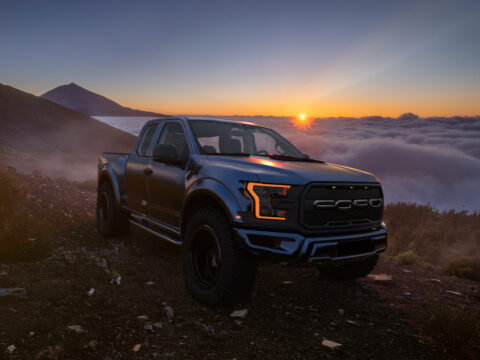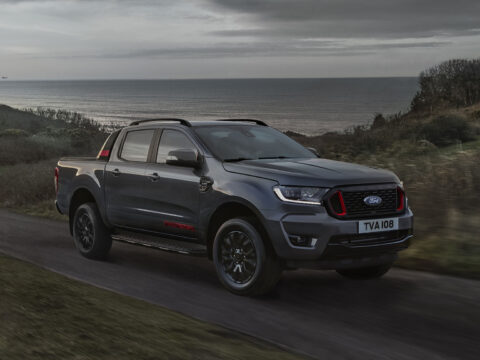When Nissan first revealed the seventh generation of its iconic sportscar, the Z, hardcore gearheads had justifiably mixed reactions. The latest version of Nissan’s Z is the first one without a number in the model name, which had always reflected the displacement of the engine. For example, the 240Z had a 2.4-liter inline-6 cylinder. But the numberless nomenclature wasn’t the only controversial bit. Fans were torn over the new Z’s retro-futuristic styling and its heavy reliance on existing bits from Nissan’s parts bin.
Even More Retro Styling Is Coming
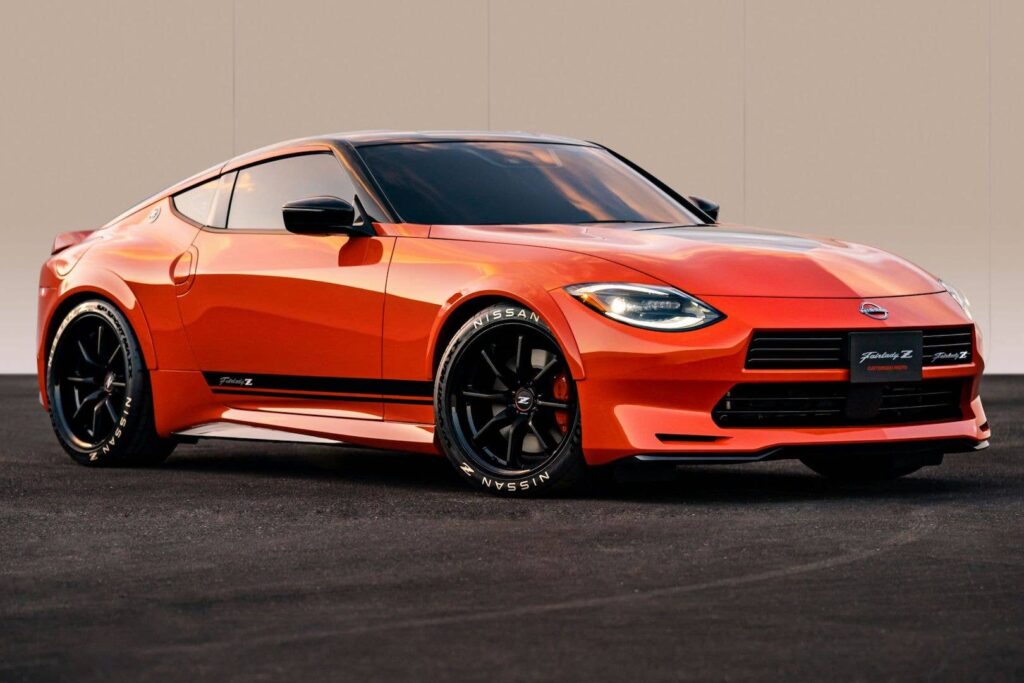
The shape of the new Z was an interesting blend of design cues from prior generations. On one hand, it’s impossible to miss the original 240Z’s lines in the new car’s silhouette, but the taillights and rear fascia are clearly inspired by the fourth generation Z-car, the 1990 300ZX. Yes, combining styling elements from those two very different generations seems like a strange combination, but somehow it worked.
What decidedly didn’t work was the enormous, square grill at the front. There’s no doubt that automakers have been chasing a trend toward ever more massive and gaudy grills. But on the Z, it really clashes with the throwback vibe of the vehicle as a whole. Thankfully, Nissan picked up on the criticism and recently unveiled a model with a redesigned nose at the 2023 Tokyo Auto Show.
Among other tweaks, the show car had a 240Z-inspired two-piece grille, divided by the bumper and underscored with a large chin spoiler. The big question is whether the newly-finessed front end will find its way to American shores or remain exclusive to Japan. Nissan is mum about availability in the United States so far, but if it won’t be sold here, it’s easy to imagine resourceful Z owners trying to import the parts from overseas.
Nissan’s New Z is a Parts Bin Special
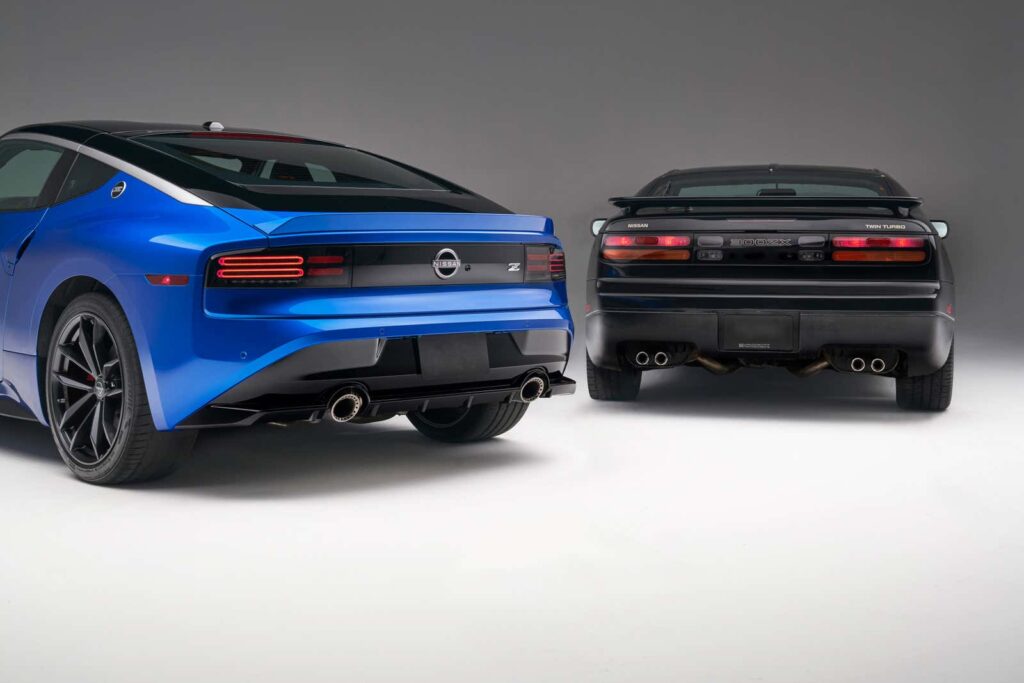
In spite of the much appreciated cosmetic refresh, Nissan missed the opportunity to address some known shortcomings of the Z. To begin, the 2023 Nissan Z is underpinned by the same chassis as its predecessor, the 370Z, which was released 15 years ago, in 2008. Even worse, the 370Z platform itself was an update of the 350Z platform, which dates all the way back to 2002.
According to Nissan’s product planner, Hiroshi Tamura, Nissan executives had no interest in pursuing an all-new two-seater at the time of the Z’s development because sports cars are no longer profitable for the Japanese automaker. Historically, the United States has made up 75 percent of Z-car sales and nowadays, most Americans only seem to want SUVs and pickup trucks. Eventually, the big bosses at Nissan caved and told Tamura to go for it, but only if the vast majority of the new car’s parts came from Nissan’s existing parts bin.
Besides the geriatric chassis, the Z’s 9-speed automatic transmission is from the Frontier pickup, albeit modified with a magnesium case. The available 6-speed manual trans in the Z is pulled straight from the outgoing 370Z, but truthfully, enthusiasts should be thankful that any manual transmission is offered since they’re becoming increasingly rare. Finally, the 3.0-liter twin-turbo V6 is similar to the powerplant found in Infiniti’s Q50 and Q60, but with modifications such as an aluminum block and small electric motors fitted to the turbochargers to reduce “turbo lag” on acceleration. All told, the Z throws down 400 horsepower and 350 pound-feet of torque.
Some driving reviews have mentioned that the age of the platform shows when pushing the Z to the limits. The car is jumpy and less composed when going through corners than its predecessor, the 370Z. Moreover, the Z’s Bridgestone Potenza tires struggle for traction. Subsequently, lap times and acceleration runs are slower than competitors like Toyota’s Supra, Ford’s Mustang GT, and even the Infiniti Q60 RS.
Nissan’s New Z is Still an Attractive Package
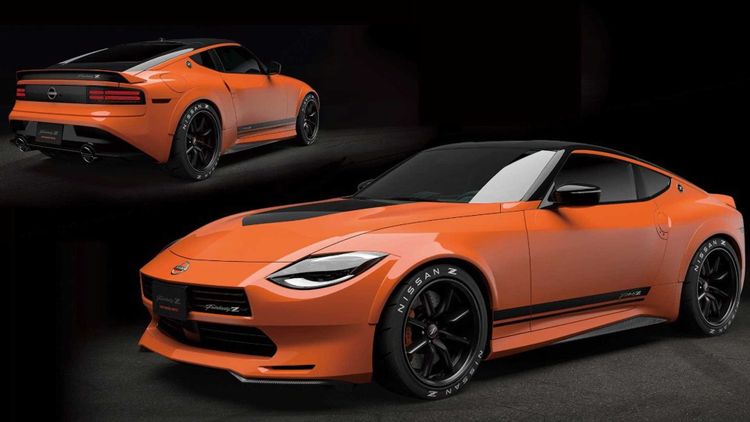
At the very least, some minor suspension tweaks and more aggressive tires would have been an appropriate accompanyment to the new front-end option, making for a more well-rounded performance package. However, Nissan’s Z is still an incredible value at a starting price of just $39,990.
To quote Nissan’s Hiroshi Tamura:
“My understanding is, 90 percent of [sports car buyers] don’t decide on 0-60 or lap time. The highest priority was styling, design. People love to talk about time attack, track days. That’s the image. Are you going to do track days every weekend. My philosophy for the street car is road comfort, nice limit handling.”
On those points, Nissan has wildly succeeded, especially if the handsome new split grill version makes it to American shores. Admirers would be well advised to snatch up their Z now, before it becomes the latest victim of the electric car craze.


